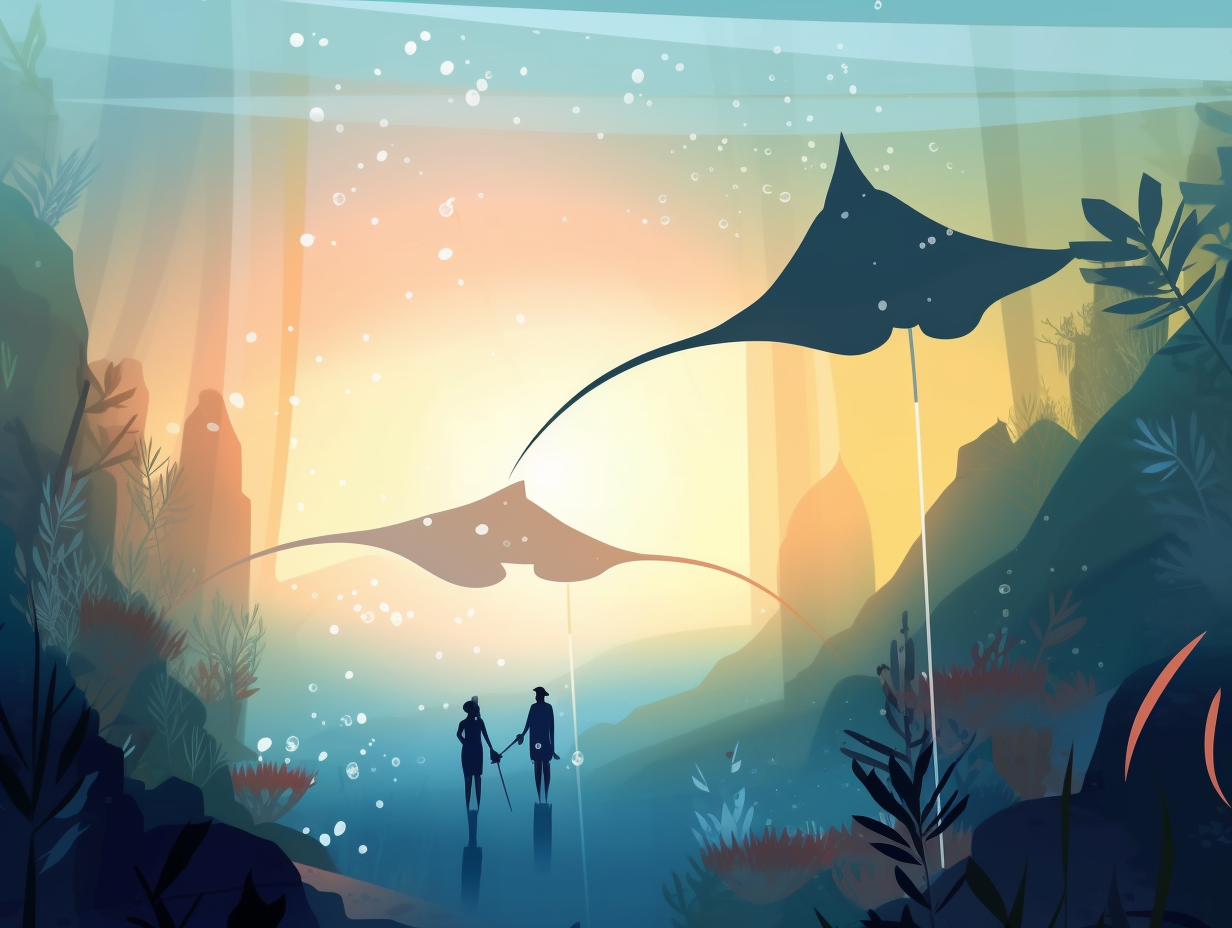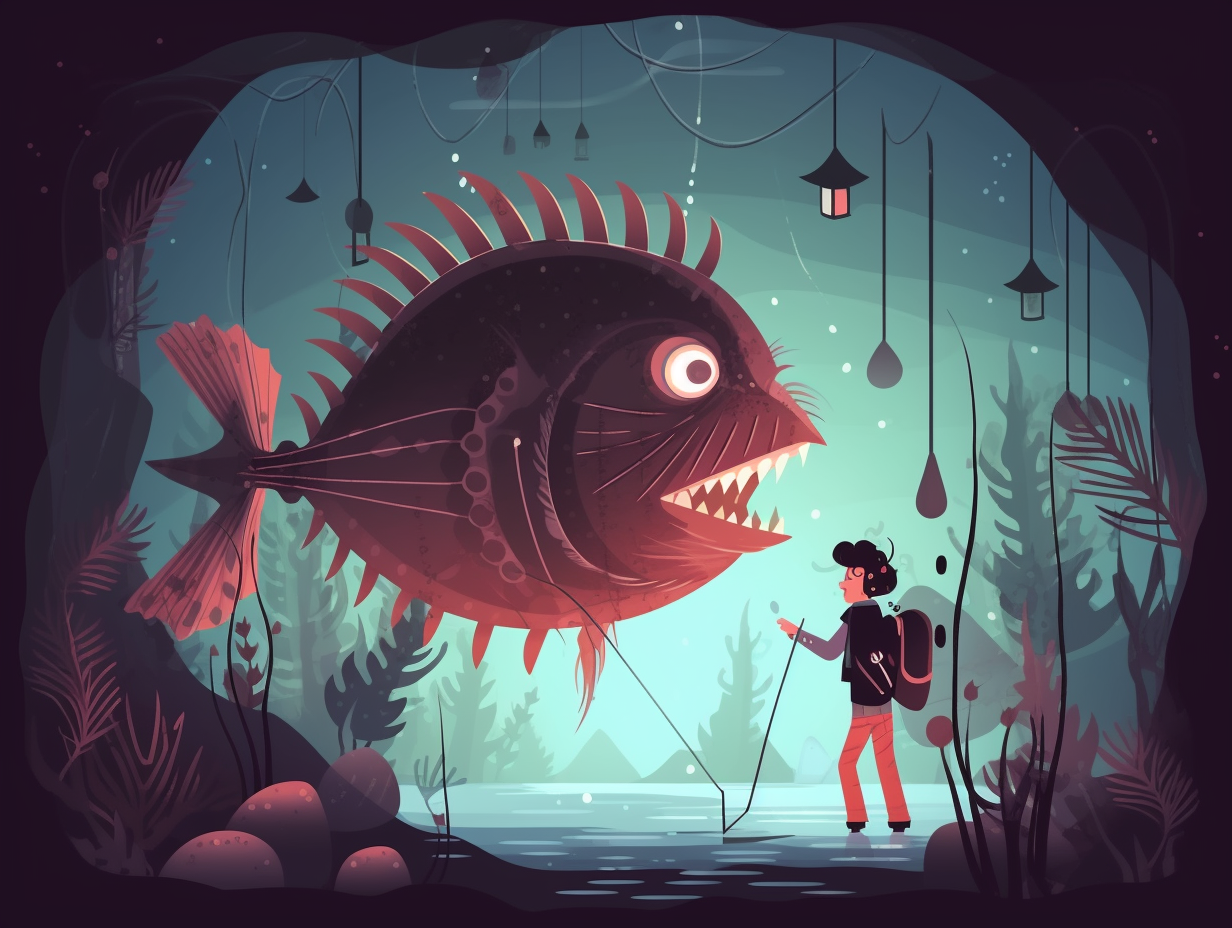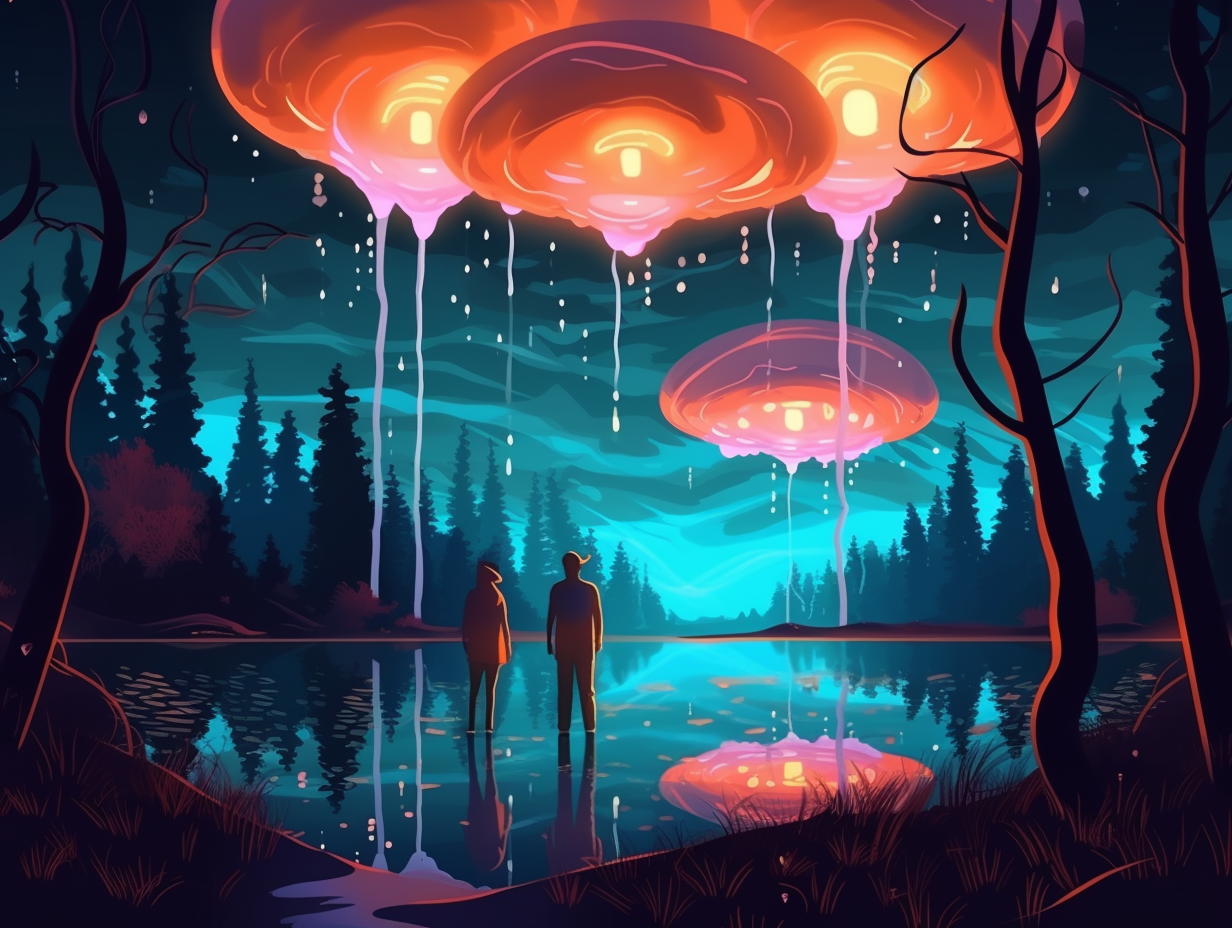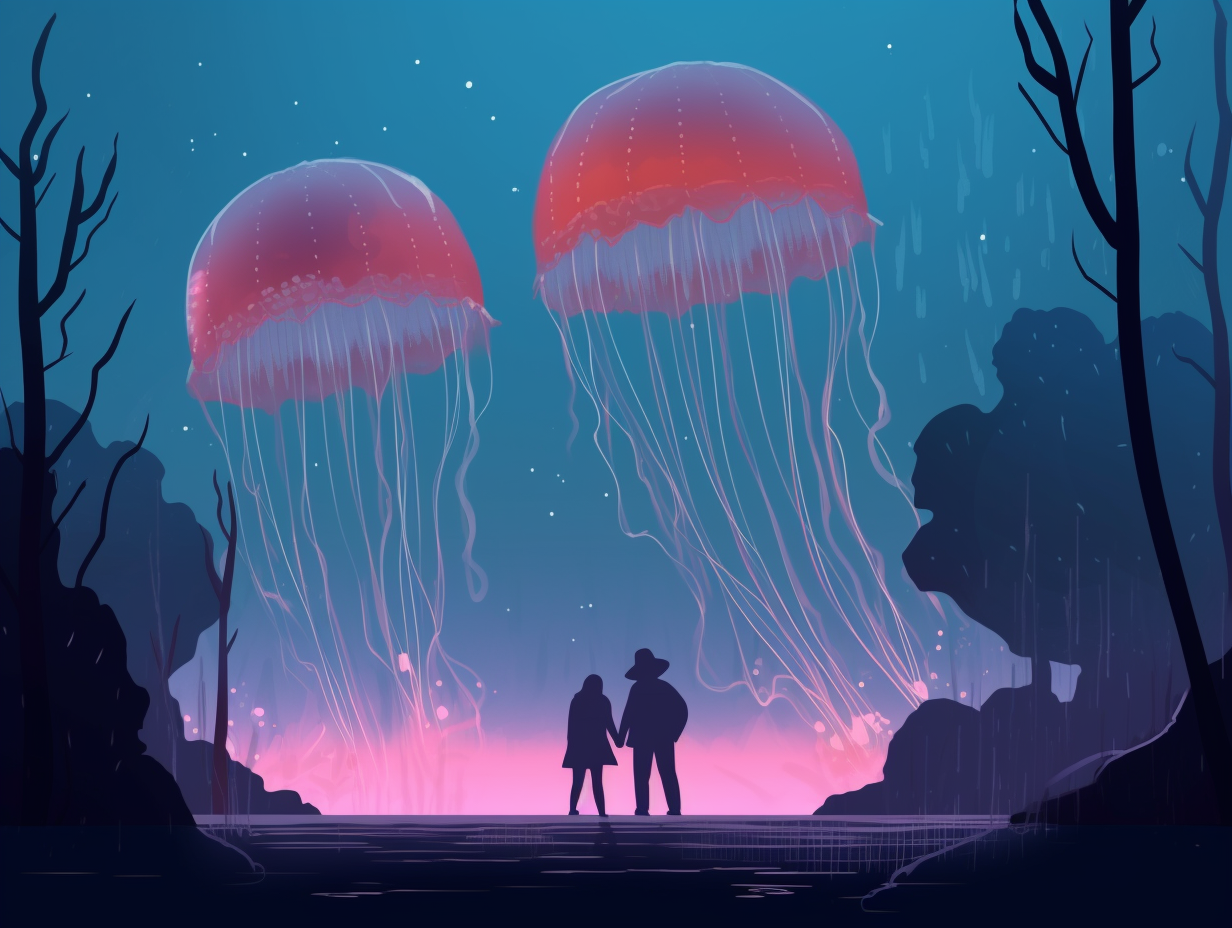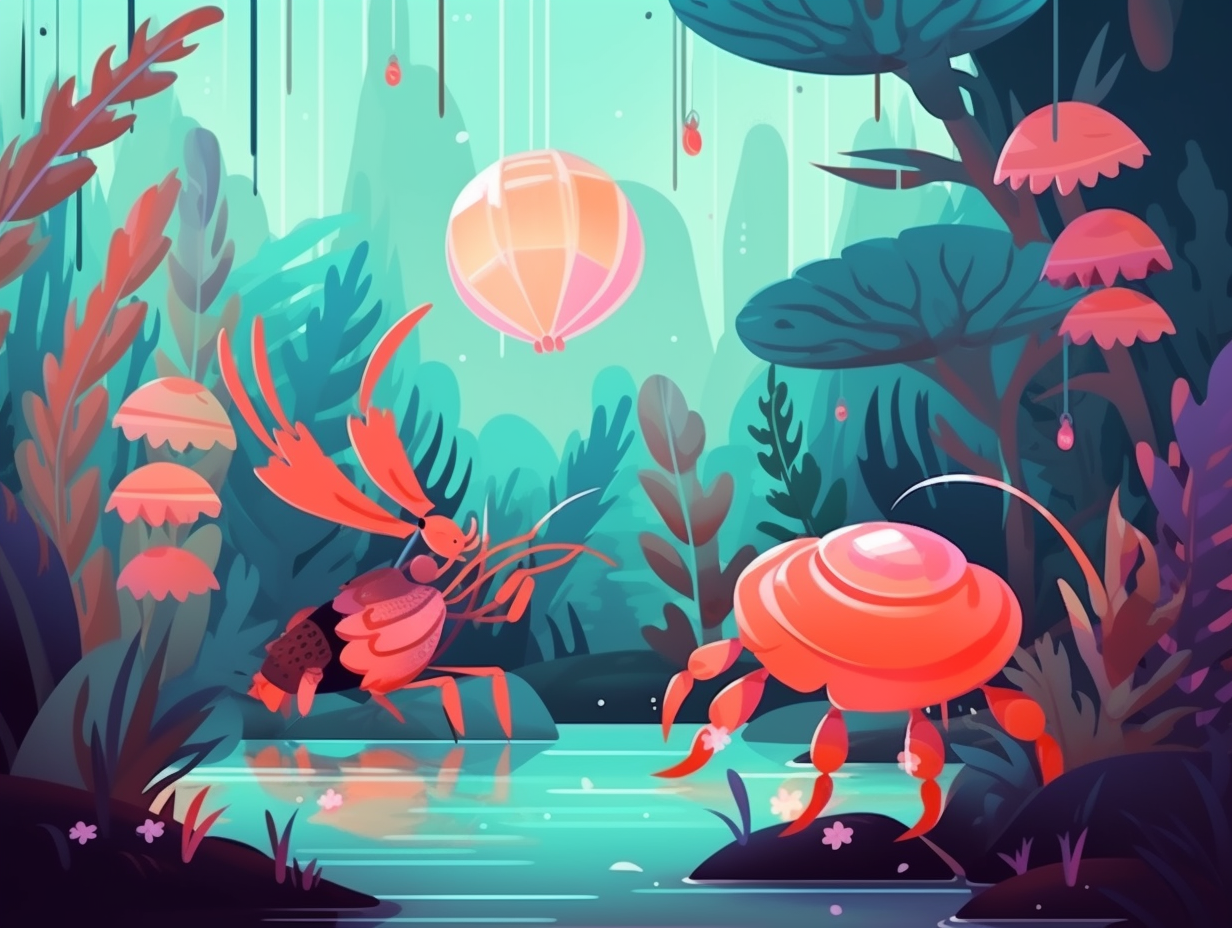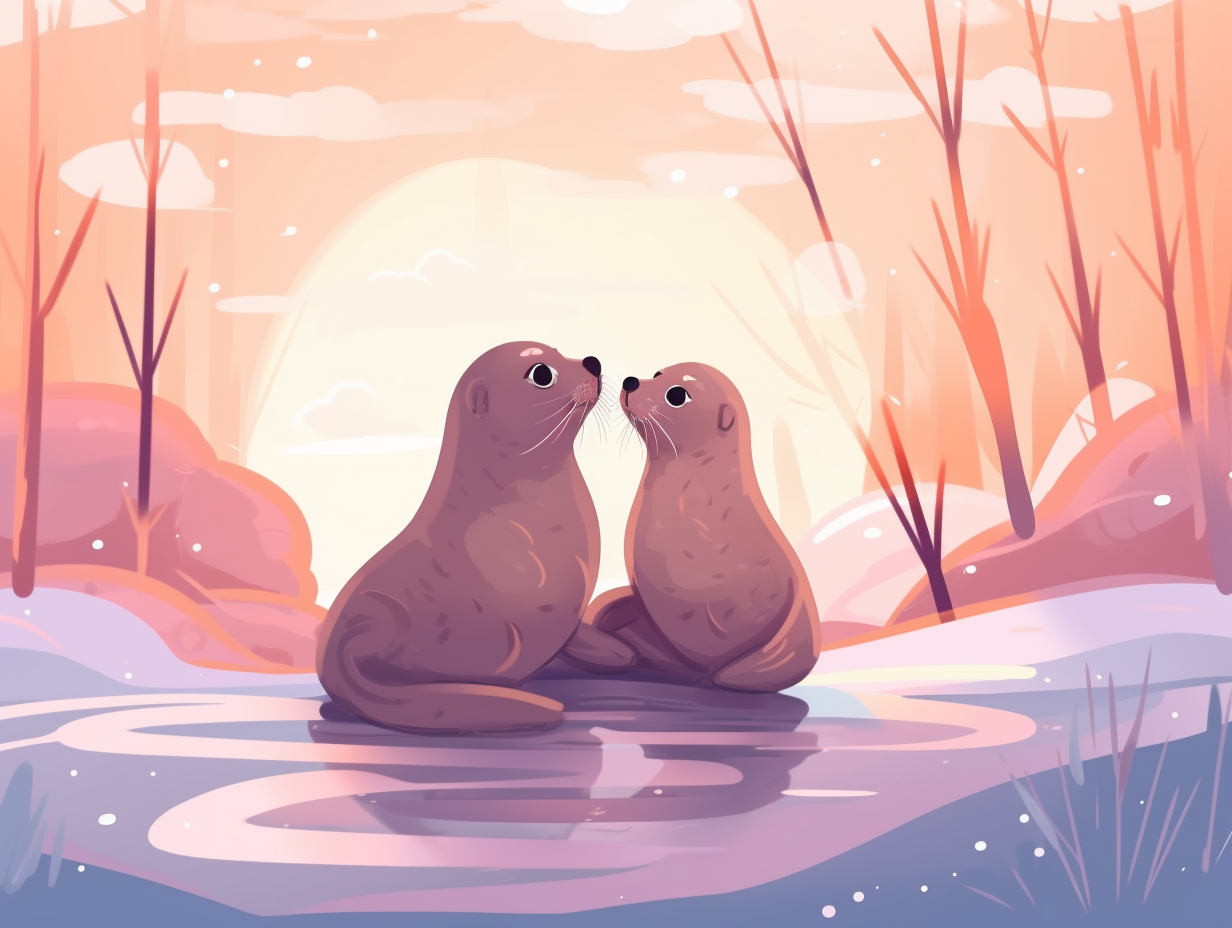Unearthing Mysteries: Top 6 Amazing Fun Facts About Plesiosaurus You Never Knew!
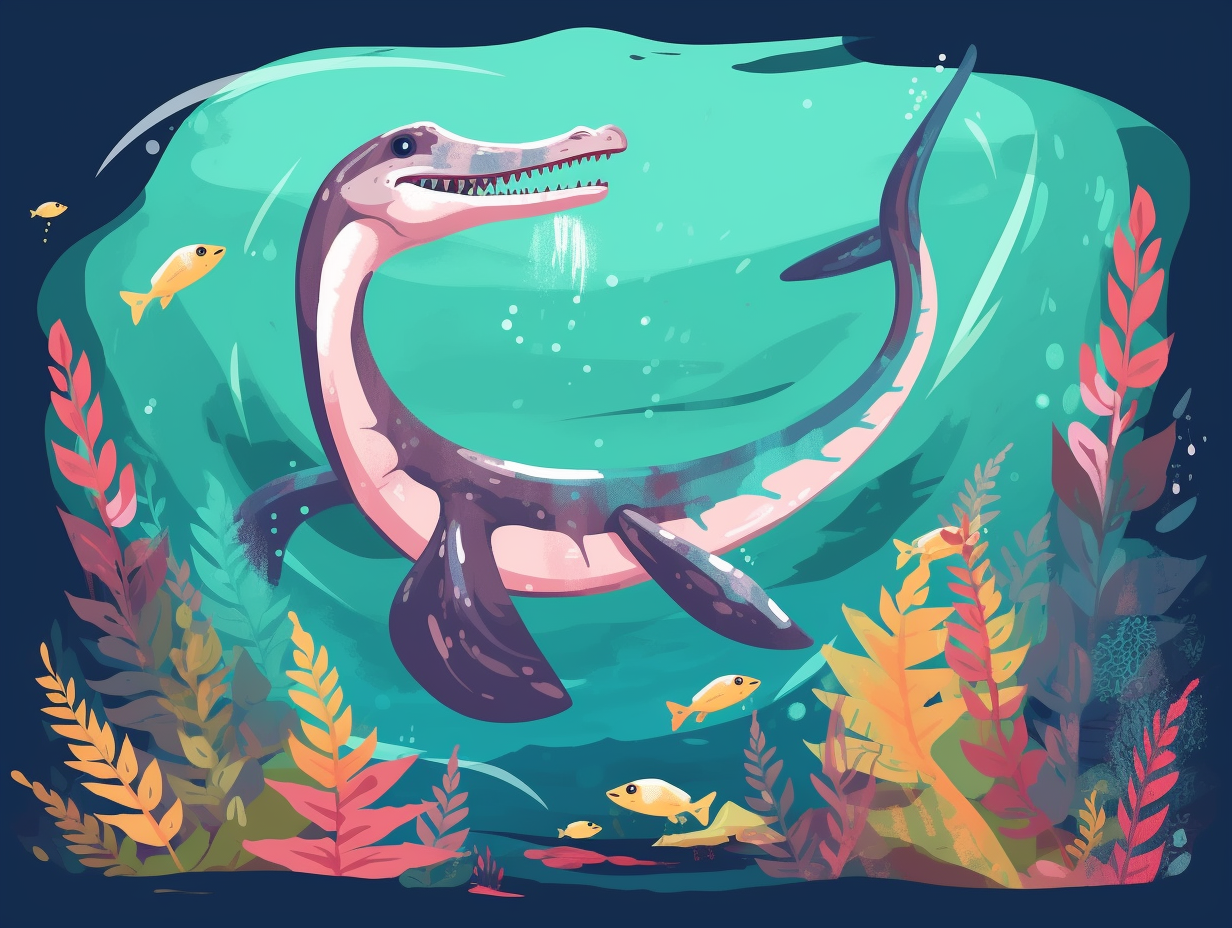
1. Serpentine Neck Limitations
Serpentine Shenanigans: While plesiosaurs might be known for their cameo in "The Water Horse" with stretchy, snake-like necks, they actually had only moderately flexible necks due to the tall neural spines on their vertebrae and processes on the anterior and posterior surfaces, which limited their range of motion to a mere 87-176°, depending on the thickness of cartilage between the vertebrae – So, no Loch Ness Monster sightings here!
Source => plesiosauria.com
2. Plesiosaur Maternity Surprises
Move over, storks, Plesiosauruses are here to steal your baby-delivering thunder! These underwater behemoths weren't just adept swimmers and fearsome hunters – they had a maternity side, too: Surprisingly, Plesiosauruses gave birth to live young, as evidenced by a 78-million-year-old Polycotylus latippinus fossil containing fetal remains, making it the first known marine reptile to skip the egg-laying game and opt for a more direct baby-delivery method.
Source => nationalgeographic.com

Did you know sea turtles have an incredible built-in GPS that guides them back to their birthplace, even after traveling thousands of miles? Discover how they navigate using Earth's magnetic field! 🌎🐢
=> Fun Facts about Sea-Turtles
3. Gastrolith Snack-ventures
Why did the plesiosaur cross the ocean? To get to the gastrolith store, of course! Plesiosaurs, whose long necks resembled ancient underwater giraffes, had a penchant for swallowing gastroliths - stomach stones that may have aided in digestion, acted as ballast for buoyancy, or been accidental munchies. The most intriguing part: these prehistoric marine reptiles traversed great distances just to gulp down hundreds of these mysterious, rocky snacks.
Source => oceansofkansas.com
4. Freshwater Dating Scene
Loch Ness Monster's long-lost cousin reconsidering its dating pool: Recent fossil discoveries have unveiled that plesiosaurs, not just being limited to saltwater environments, were capable of specializing and thriving in freshwater habitats as well, suggesting that some species may have spent their entire lives in these environments.
Source => cbsnews.com

5. Filter-Feeding Frenzy
Talk about a prehistoric food baby: the Morturneria might just be the ultimate binge-eater of the Cretaceous era! This plesiosaur had a one-of-a-kind mealtime strategy – it was a filter feeder, using its uniquely angled needle-like teeth to sift through ocean muck and savor crunchy amphipods and other tiny marine snacks by sieving water through its teeth like a reptilian gray whale.
Source => blogs.scientificamerican.com
6. Worldwide Deep Sea Excursions
Ladies and gentlemen, hold onto your swim trunks, because Plesiosauria definitely weren't just sunbathing by the shore: these prehistoric marine reptiles took their deep sea adventures to a global scale, with fossils found in both shallow coastal waters and the deeper oceans across Europe and the Pacific, proving that they were widespread ocean dwellers throughout their 155-million-year tenure on Earth.
Source => study.com
Related Fun Facts





